
Things can change fast in Antarctica
Climate change is complex. While disappearing sea ice poses a threat to penguins, Adélie penguins in east Antarctica were recently hit by the opposite problem – there was too much sea ice. This meant they had to travel further than usual to reach their usual feeding grounds and took longer getting back.
Coupled with several days of freezing rain at a critical period – a very rare occurrence in what is officially classified as a polar desert – conditions for rearing young were poor. Chicks’ downy feathers are not waterproof, and not a single chick from a colony of 30,000 adult pairs survived the 2013-14 breeding season.
Our work
We’re working with French polar scientists at Dumont D’Urville Station in east Antarctica and we support important research by CNRS, the French Antarctic Programme. We’re monitoring the foraging habits of the penguins, using miniature GPS devices fitted while the females are incubating to track their movements and identify key “biological hotspots” in the Southern Ocean where they feed.
Together we’re trying to predict how the Adélies might adapt to climate change, and we’re strongly supporting an international proposal to create a large-scale marine protected area to safeguard their feeding grounds off east Antarctica.

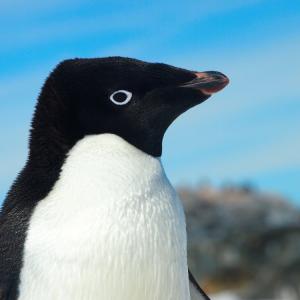
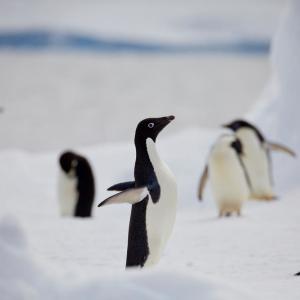
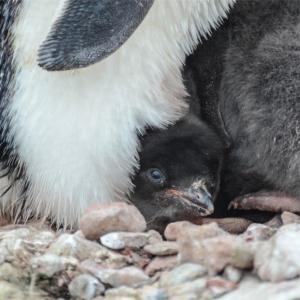
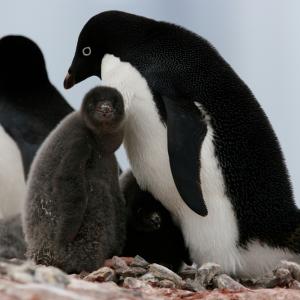
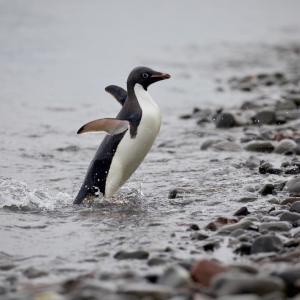
 Penguin quiz
Penguin quiz
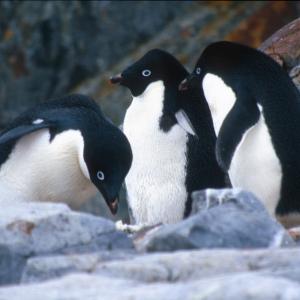 Top 10 facts about Adélie penguins
Top 10 facts about Adélie penguins
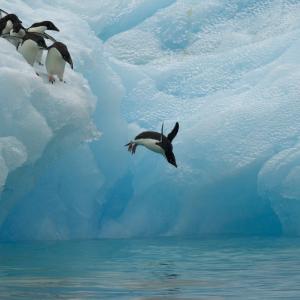 Adélie penguin: Antarctic birds with attitude
Adélie penguin: Antarctic birds with attitude
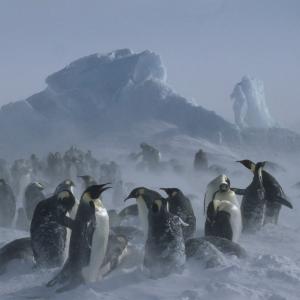 Antarctica: a massive frozen landmass
Antarctica: a massive frozen landmass